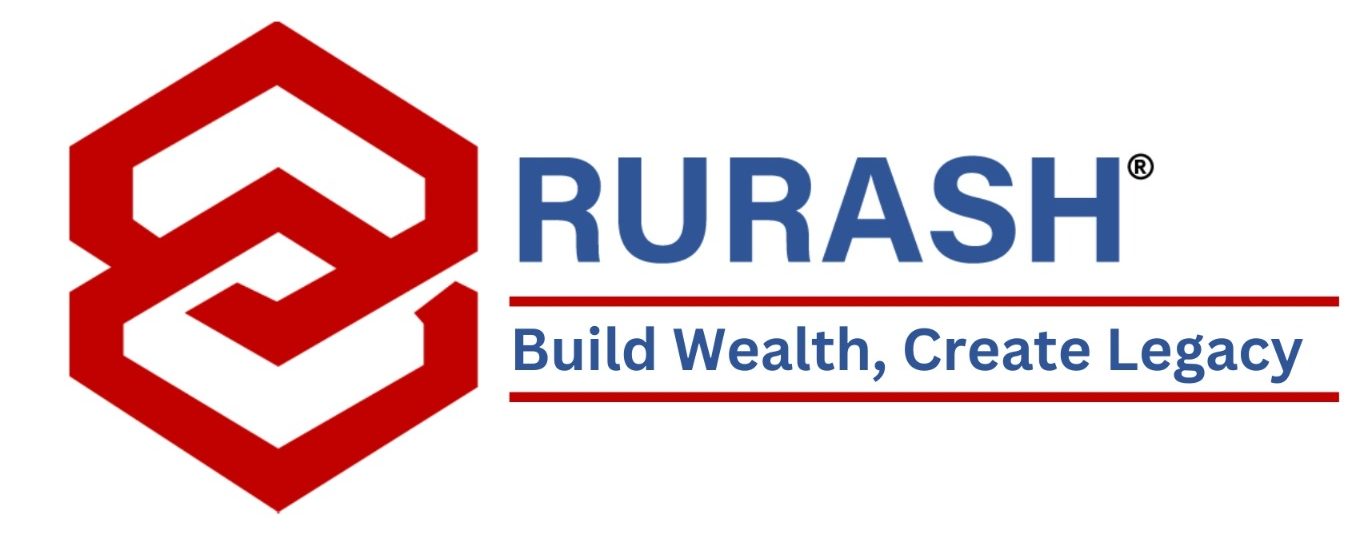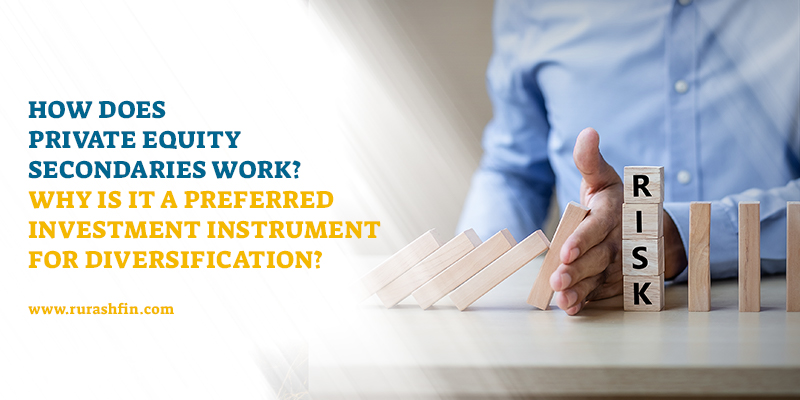What is a private equity secondary market?
The Secondary market allows Private Equity investors or Limited Partners (LP) to exit early, liquidate assets or rebalance the assets in their portfolio. Secondaries also allow the incoming investors a platform to buy private equity assets in the later years of their performance cycle, usually at a discounted price.
Private Equity Investment Cycle
A PE fund’s investment lifecycle typically lasts between 2 to 12 years. During the first phase,
Fund managers or the General Partners (GP) will find deals and buy stakes, which will be partially done from the LP’s Paid up capital. The investment period is usually about three to six years long. This is usually when the fund managers start selling the shares or stake bought and distribute the profits amongst the investors.
Suppose the limited partners want to exit themselves from the investments before the lifecycle ends. In that case, they can easily do it through a secondaries transaction.
In the secondary transactions, one investor buys the initial investor’s ownership rights and other relevant commitments, such as capital calls. Generally, the secondary deals are structured in three distinct categories but can be structured in several ways such as:
- LP Secondary transactions
This is the most common method of a secondary transaction, which involves an existing LP selling its asset to a buyer. Thus a buyer with no earlier investment in the fund replaces the rights and obligations of the LP.
- GP-led Transactions
Continuation Vehicle Transaction is considered to be the most popular GP-led transaction type. This involves portfolio companies or just a single asset being transferred to a new fund vehicle that allows additional follow-up capacity and extended hold periods. The Existing LPs can roll over or cash out the interest to the buyer.
- Direct secondary Transactions
This transaction occurs when one investor (LP) transfers his or her existing stakes to an existing investor, not a new buyer. This is an opportunity to sell them directly held ownership interest (Stock) before the company’s entire portfolio is sold.
The Value of Stakes
To value the stakes involved in the secondaries transaction, buyers and sellers typically refer to Net Asset Value (NAV), which is calculated by subtracting liabilities from the current value of all of the investments, and then dividing it by the number of shares outstanding. In most cases, NAV numbers are reported to the investors every quarter by the Fund Managers.
The Final price of the secondaries is often discounted, averaging the discount to be around 14%. The discounts are larger in the downturns but can also flip into a premium if the market rises. The transaction only becomes binding after the legal arrangements have been made.
Benefits of Investing in Private Equity Secondaries:
- Secondaries provide a valuable mechanism for investors to better manage their otherwise illiquid private equities portfolio. Selling their stakes provides a stream of cash ready to be deployed into new investments with potential. This way, sellers also get free of their asset interests and any potential capital calls, thus freeing their capital for any alternative investment strategy. Many investors can easily look to secondaries as a method to rebalance their portfolios or lock in their gains early from a high PE investment.
- In secondaries, the investors enter later in the cycle and may avoid the initial dip and enjoy higher annual returns than when committing to initial capital calls.
- Secondary funds are more diversified than private equity funds because they have pre-existing commitments in multiple funds. Thus they offer significant diversification across strategies, industries, products, and geographies. The diversified approach offers a private equity approach with a much lesser risk compared to a single primary private equity fund investment.
- Secondary strategies deploy or invest the capital quicker than the primary private equity funds, and the profit distribution also begins quickly. This entering later in the game mitigates the private equity J curve, in which the primary private equity generally does not have positive returns for the initial few years; they later turn into positive returns as the investments mature and start to generate significant returns.
The Secondaries Market State
- Recent market volatility has resulted in the pricing levels in the market facing a potential downturn, which would attract buyers, creating an opportunity for the fund managers. Previously, the prices were elevated and at an all-time high, and large buyouts were sold at a staggering 100% of the NAV. The high prices compressed the return expectations.
- The downturn-caused reset will make the secondary market adjust the valuations to lower levels. This will allow the fund managers to buy positions at a bargain. Managers who successfully identify assets in proprietary situations and outside the scope of competitive auctions are more likely to outperform.
Conclusion
For High Networth Investors, the Secondary private equity market has a lot of potential under diversification, and portfolio benefits. For investors who are concerned about the gap between committing to equity and getting the benefits of the investment, secondaries may be an attractive option.
Take benefit from what the big players and institutional investors are already aware of: The greatest returns and shareholder value is reaped from Private Markets, and the IRR of the funds offered on Rurash are a testament to it.
RURASH is one of India’s trusted investment management firms, providing financial solutions to augment the client’s wealth and facilitate building a legacy.
For any assistance and guidance regarding financial solutions, Connect with our relationship manager now on Call at +91 22 4157 1111 or write to:invest@rurashfin.com.
Also Read: Guide to transfer Physical Shares Certificates, inherently into dematerialized form.

